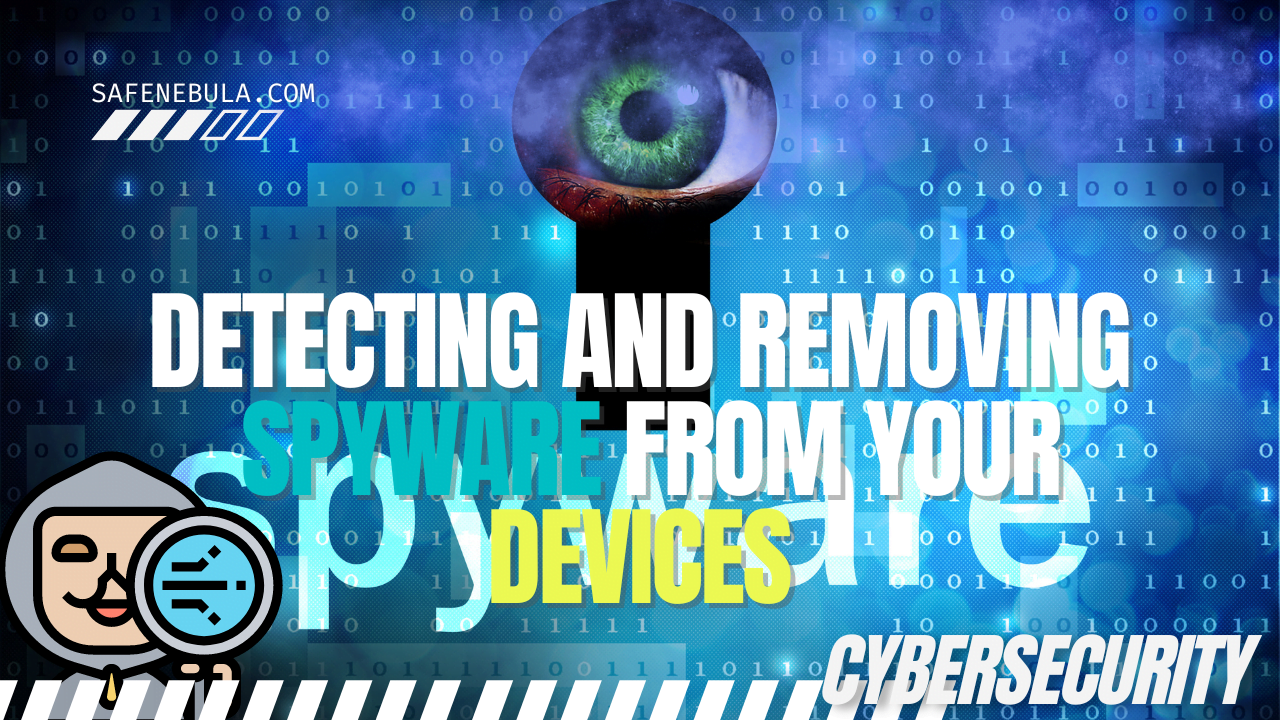Spyware, a type of malicious software designed to spy on your online activities, can pose significant threats to your privacy and security. It often sneaks onto devices without consent, collecting personal information, and sometimes even controlling devices remotely. Recognizing the signs of spyware and knowing how to remove it are crucial steps in maintaining your digital safety. This guide provides insight into identifying spyware and outlines a comprehensive approach to removing it using antivirus software and manual removal techniques.
Identifying Signs of Spyware
1. Unusual Device Behavior: Slow performance, crashing apps, or the device restarting on its own can indicate the presence of spyware. 2. Unexpected Ads or Pop-ups: Frequent, unexpected pop-ups, especially those warning of infections or offering security fixes, are common spyware tactics. 3. Battery Draining Quickly: Spyware running in the background can consume significant battery power. 4. Increased Data Usage: Spyware transmitting data over the internet can lead to noticeable spikes in data usage. 5. New, Unfamiliar Apps or Toolbars: The appearance of apps or toolbars you didn’t install could be a sign of spyware.

Removing Spyware from Your Devices
Using Antivirus Software:
- Choose a Reputable Antivirus Program: Opt for well-reviewed antivirus software that specifically mentions spyware detection and removal capabilities.
- Update Your Antivirus Software: Ensure your antivirus software is up-to-date to recognize the latest spyware threats.
- Run a Full System Scan: Perform a full system scan to detect spyware and other malware. The antivirus will isolate and remove any threats it finds.
- Schedule Regular Scans: Set your antivirus software to conduct regular scans automatically, ensuring continuous protection.
Manual Removal Techniques:
- Enter Safe Mode:
- Windows: Restart your computer and press the F8 key repeatedly while booting to access the Advanced Boot Options menu. Choose “Safe Mode with Networking.”
- macOS: Restart your Mac and hold down the Shift key while it boots to start in Safe Mode.
- Review Installed Programs:
- Inspect the list of installed programs in your system settings. Uninstall any suspicious or unrecognized software.
- Check Browser Extensions:
- Review and remove any suspicious browser extensions or toolbars that you don’t remember installing.
- Restore Your System:
- If spyware removal proves difficult, consider restoring your system to a previous state before the spyware infection. Ensure you have backed up important data before doing so.
Preventing Spyware Infections

- Install Security Updates: Regularly update your operating system and software to patch vulnerabilities that could be exploited by spyware.
- Be Cautious with Downloads: Only download apps and files from reputable sources.
- Adjust Privacy Settings: Enhance your device and browser privacy settings to minimize data sharing.
- Use a Firewall: Enable your device’s firewall or use a third-party firewall to monitor and control incoming and outgoing network traffic.
Conclusion
Detecting and removing spyware is essential for protecting your privacy and ensuring your device’s optimal performance. By staying vigilant for signs of spyware, utilizing robust antivirus software, and following manual removal steps when necessary, you can effectively combat these invasive threats. Additionally, adopting preventive measures can help safeguard your devices from future infections, keeping your digital life secure.
